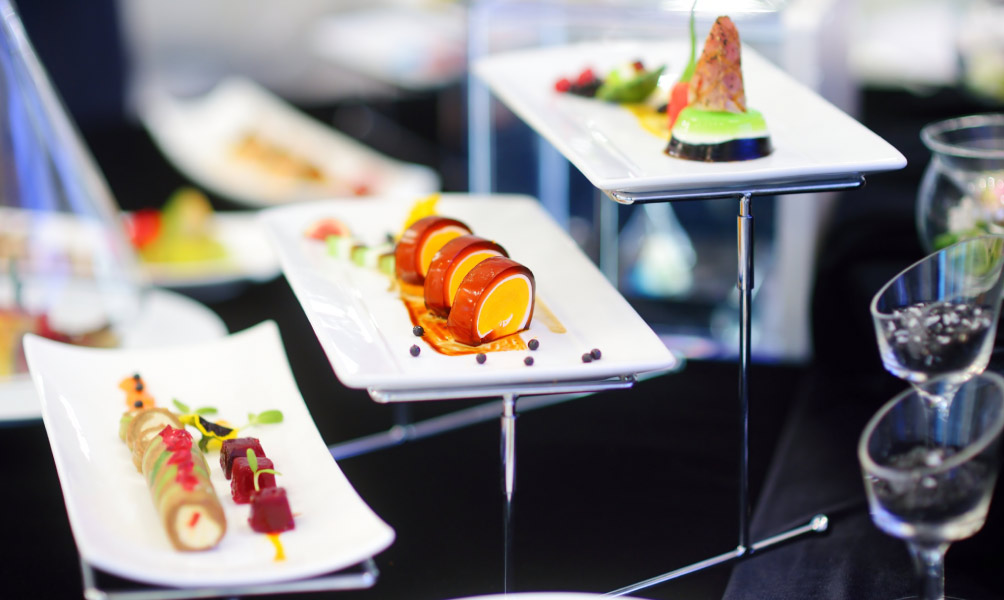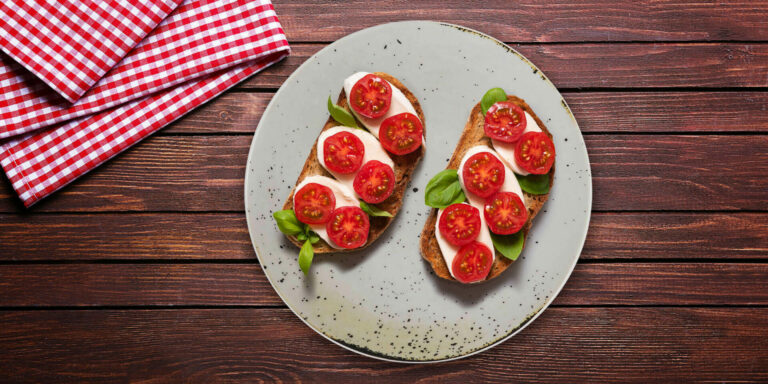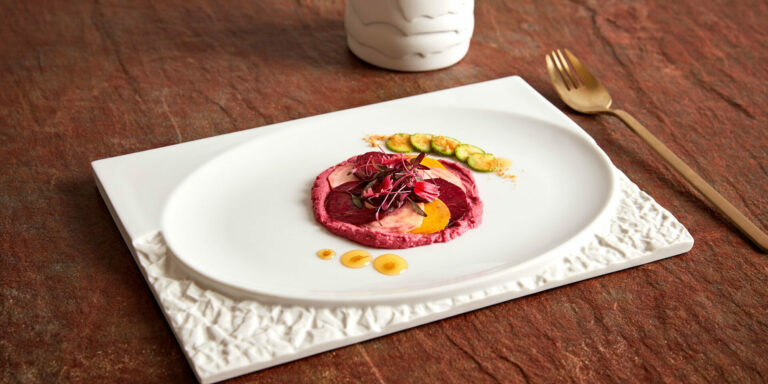
Menu

Molecular gastronomy consists in the manipulation of ingredients through techniques derived from the physical or chemical properties of food items. The outcome for its application is surprising changes across the shape or texture of food, but without compromising its flavour.
Molecular gastronomy has created an avant-garde style, by bringing together flavours and textures, which surprise the palate. Most likely, when making a dessert or other dishes, you have applied these concepts without realizing it. Today, it is possible to have access to certain techniques and products, which allow you to apply these innovative trends in any kitchen.
The arrival of the laboratory into the kitchen
The first studies on molecular gastronomy appeared in the late 1990’s, with Hervé This and Nicholas Kurti. These scientists analysed the transformations food items undergo during their preparation and launched this revolutionary gastronomic concept.
The techniques created have spread all over the world, by reaching chefs who developed their creations based on this concept. One such case is chef Ferran Adrià, who, nowadays, is known as the world’s first reference across molecular gastronomy.
Some techniques of molecular gastronomy
-
Gelation
It is the method used for the preparation of a gel. The best-known substance for the application of this technique is agar-agar. It is a substance very similar to jelly but made-out from algae. It has the advantage that it can be worked in many ways without changing the taste of the ingredients. Through gelation, mousses (sweet or salty) or even fruit spaghetti (mango, passion fruit or strawberry) can be created.
-
Spherification
By using liquid ingredients, this technique allows you to create small spheres, with a texture and appearance similar to caviar. When using the classic method, simply mix the prepared liquid with alginate. It is, then, poured through a dropper, into a water and calcium-based solution. This way, small spheres are obtained, which can, then, be used to finish sweet or salty dishes.
-
Liquid nitrogen
Nitrogen is in a liquid state at a temperature of -196°C. By using this product, it is possible to quickly cool food or even make ice cream without the need of having your own machines. In addition to its cooling capacity, liquid nitrogen retains the taste, smell and appearance of food.
-
Emulsifiers or thickeners
An emulsifier is a component, usually powder-form, used for consistency and homogenization of sauces or creams. Lecithin and xanthan are examples of thickeners used in molecular gastronomy, which do not alter the original taste of food items.
A traditional emulsifier, known to everyone, is corn starch, but it is not entirely flavour-free.
-
Siphon
By using the siphon, it is possible to make ice creams, foams and meringues with any desired flavour. It was Ferran Adrià who spread the method for obtaining these curious food foams. The basis must be liquid, to which agar-agar is added. Then the mixture is introduced into a siphon and magic happens! This container holds a gas capsule that, when stirred, turns the liquid into foam.
Molecular gastronomy requires bold and differentiated platting. If you love this cuisine or you are thinking about practicing it at home, do not forget the presentation! Costa Verde’s products will add a distinctive and modern touch into your dishes.
Since porcelain itself is the result of chemical changes, it becomes a partner of excellence for new cuisine trends. Costa Verde’s collections have undertaken a path of innovation and improvement. Progressively, they’re meeting the most varied types of gastronomy, by not being molecular an exception.
Continue following this route. We promise you some surprises!
Subscribe our blog!




